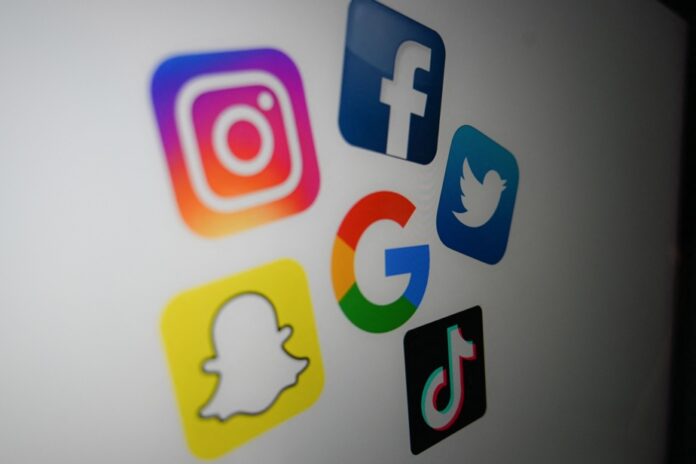For the first time since their founding, major social networks like Facebook, Twitter and YouTube are seeing red lights appear on their dashboards. Declining revenues, leveling off usage, record controversies and fines, the rise of competitors, the slump is obvious enough for many experts to predict the death of social networks. And if the rumor of their death seems clearly exaggerated, it is obvious that this industry in crisis is changing. The evidence.
Any CEO who could boast of attracting nearly 3 billion regular users to his platform, like Mark Zuckerberg with Facebook-turned-Meta, should rest easy. And their number, in North America as in the rest of the world, has been growing more slowly, but still surely since 2017.
But if he recently saw the movie BlackBerry, whose phone went from 45% to 0% of the market in a few years, a few statistics could give him cold sweats. First, the revenues of his company fell in 2022, a first since the foundation in 2004. The spectacular rise in revenues with the pandemic obviously distorts the situation.
But that’s not all. “Ad reach” declined by 6%, or 127 million potential consumers, between January 2022 and 2023, according to Kepios Analysis. This indicator reflects the number of subscribers connected to the platform who have been exposed at least once to an advertisement. More Americans than ever, 35.2%, have an unfavorable view of Facebook, according to Morning Consult.
More generally, the time that users of all social networks spend on social networks has leveled off since 2019.
Finally, and this is perhaps the most worrying for sprawling social networks that have been able to acquire their threatening competitors – Facebook with Instagram in 2012, Google with YouTube in 2006 – the multiple investigations and fines in Europe and the United States henceforth prohibit this type of strategy.
“It would be very surprising to see big acquisitions like in the past,” says Laurence Grondin Robillard, doctoral student in communication at the University of Quebec in Montreal (UQAM) and lecturer at the School of Media.
What’s bad: the average user in 2023 is subscribed to 7.2 social networks on average, according to the firm GWI. Contrary to what we saw emerging a decade ago, there are practically no more users who frequent only one social network.
It is this paradigm shift that the major social networks do not know how to manage well, which would like to be a single destination, at the risk of losing their soul, believes Ms. Grondin Robillard.
“Before, it was clear: I used to go to Facebook to post statuses and interact with my friends, and do ‘What kind of a bagel am I’ tests. I was going to Instagram to post my photos. I was going to YouTube to watch videos, I was going to Twitter to follow the news, and I was going to TikTok to watch very short videos without necessarily being people I followed. »
The fact that everyone is trying to offer the competitor’s successful services “mixes the cards”, she laments. “Where am I supposed to go, what am I supposed to do?” Where is going to be the best community for me? »
In a noteworthy post published in the American media The Atlantic last November, author Ian Bogost considers it “plausible” that the era of social networks is over. “And it should never have started,” he asserts, recalling the many slip-ups they have been responsible for over the past two decades.
Rather than the death of social networks, we are entering “an era of maturity,” said Jean-Hugues Roy, journalist and professor at UQAM’s School of Media.
“And like any coming of age, it comes with a crisis. […] We are witnessing a diversification of social networks. It happens to them what happens to video streaming platforms. Netflix no longer dominates, but that doesn’t mean Netflix is dead. Other players are carving out a place. »
It is also the emergence of another social network, TikTok, which explains the difficulties of major players like Meta and Twitter, he believes.
For Laurence Grondin Robillard, the eventual disappearance of platforms like Facebook will not remove the need to create communities on the Internet. “If there are giants who die, there will still be social networks. […] We also live our real life through that. How many people have found love there, how many friendships have been made? The digital world is part of our life. »















